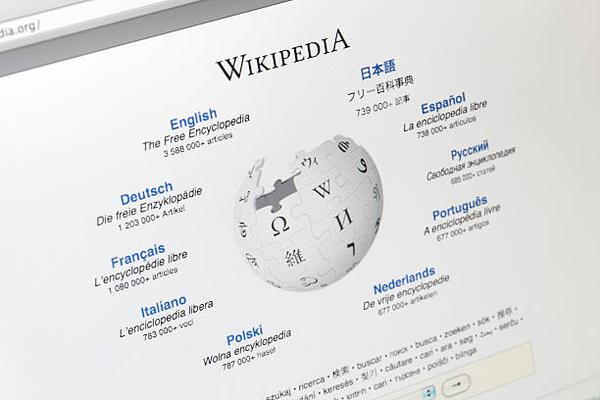Finance Phantom is a powerful tool that can help individuals master financial planning and achieve their financial goals. Whether you are saving for retirement, planning for a major purchase, or simply looking to improve your overall financial health, Finance Phantom can provide the guidance and support you need to succeed.
One of the key features of Finance Phantom is its ability to create personalized financial plans based on your individual goals and circumstances. By inputting information such as your income, expenses, savings goals, and investment preferences, Finance Phantom can generate a comprehensive plan that outlines the steps you need to take in order to reach your objectives.
In addition to creating personalized financial plans, Finance Phantom also offers a wide range of tools and resources to help you monitor your progress and make adjustments as needed. From budgeting tools that track your spending habits to investment calculators that project future returns, Finance Phantom provides everything you need to stay on top of your finances and make informed decisions about how best to achieve your goals.
Another valuable feature of Finance Phantom is its ability to analyze different scenarios and show how they could impact your long-term financial outlook. For example, if you are considering taking out a loan or making a large purchase, Finance Phantom can show you how these decisions might affect your overall financial health in the years ahead. This can be incredibly valuable information when it comes time to make important financial choices.
Finance Phantom also offers educational resources designed to help users improve their understanding of key financial concepts and strategies. From articles on basic investing principles to tutorials on how best to save for retirement, Finance Phantom provides the knowledge you need to make smart decisions about your money.
Ultimately, mastering financial planning with Finance Phantom requires commitment and dedication. It’s not enough just to create a plan – you must also be willing to stick with it over time and make adjustments as needed. By regularly monitoring your progress and staying informed about changes in the market or economy that could impact your finances, you can ensure that you are always moving closer towards achieving your goals.
In conclusion, mastering financial planning with Finance Phantom is an achievable goal for anyone who is willing put in the effort required. By utilizing its personalized plans, monitoring tools, scenario analysis capabilities,and educational resources,you can take control ofyour financesand builda securefinancial futurefor yourselfandyour loved ones.Start usingFinancePhantomtodayand seethe differenceitcanmakein helpingyou achieveyourfinancialgoals!










